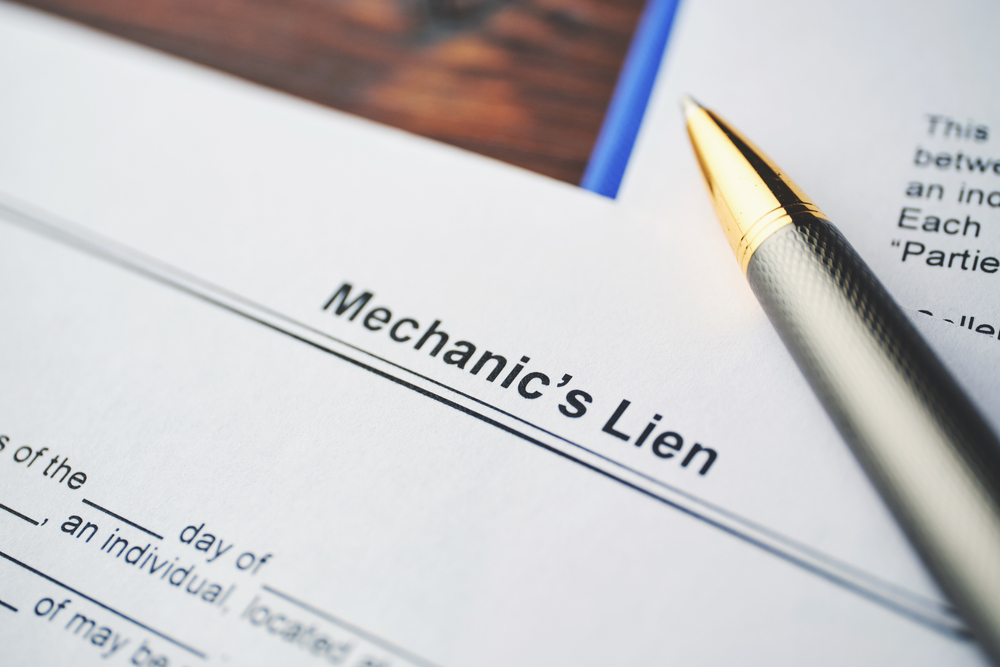
It’s that time of year again. While December of each year is a festive time across the country, it is also a time to complete the items on your to-do list that oftentimes go on the back burner. Planning for the passing of your estate or end-of-life decisions to those you love should not be viewed as unpleasant, but rather as peaceful. Peace of mind is important for both the will creator and recipient.
Ok, now that you have decided to get this task checked off of your to-do list, what’s next? There are three primary sets of information that need to be fettered out before the planning can begin.
FIRST
A testator (the individual whose estate is being distributed) must first determine what his/her estate consists of. A checklist that your attorney can provide, will make this task much easier and more efficient. The categories of assets commonly found on an estate-planning checklist are as follows:
1. Real property together with values and liens or mortgages;
2. Life insurance policies with face amount and beneficiaries;
3. Annuities with face amount and beneficiaries;
4. Retirement accounts with current value and beneficiaries;
5. Bank accounts with current value and POD beneficiaries;
6. Brokerage accounts with current value and TOD beneficiaries;
7. Business ownership with the type of interest and current value;
8. Other assets with current value (include personal property such as items that typically appreciate and items of great sentimental value that you wish to pledge to a certain heir).
While this is not an exhaustive list, it should at least get you thinking about what you have and how it is valued. Incidentally, the knowledge of one’s estate and its net worth will help answer the first question of competency at the finalization of the WILL requiring signatures and attestations.
SECOND
A testator must also put some thought into not only who his/her beneficiaries (the individuals, loved-ones or organizations that will receive the estate) will be, but also who he/she would like to be in-charge of distributing the estate when the time comes. The list is endless here, but a good checklist will at least get the thought process started. The following are considerations for those top picks:
1. Spouse or life partner
2. Any dependent
3. Child or Children
4. Grandchild or Grandchildren
5. Parent (depending on the age of the testator)
6. Name of pet (you may choose to leave assets to your pet or pets)
7. Business Partner
8. Friend or friends that you may choose to leave asset(s) to
9. Sibling(s)
10. Organizations or Charities that you are passionate about
THIRD
Now, you must decide who you want to be in charge of your estate distribution and exactly what you want to give each of your beneficiaries. While some assets like those items in your home (furniture, pot and pans, tools, and linens) can be distributed with general instructions to an individual or a group of individuals by percentage, other items must be prudently and specifically named (given in whole or part to an individual or group of individuals). Once you know whom you are giving your estate to, you must decide who you will put in charge of making sure the distribution is handled according to your wishes. The executor (the person you have chosen to administer/distribute your estate) can be a professional such as an attorney or a member of checklist number two (above). Loved ones or trusted friends are typically chosen over professionals since a professional administration of a will may put an undue financial burden on the estate, thereby reducing the overall value to the beneficiaries. These choices are at the heart of estate planning and will require the most consideration.
Incidental to the will are documents commonly associated with end-of-life planning to account for the instance of incapacity. These documents allow an affiant to empower someone else to make financial, medical, and general decisions for them should they become unable to make those decisions for themselves. Think of it like this, the paperwork will allow you to put someone you know and love in charge of your affairs to make decisions according to your wishes because they know you and your preferences. Here’s where the peace of mind really comes into play. The following documents are common considerations of estate planning:
1. Statutory Durable Power of Attorney
2. Revocable Transfer of Deed on Death
3. Declaration for Mental Health Treatment
4. Directive to Physicians and Family or Surrogates
5. Medical Power of Attorney
6. Funeral/Memorial Directives
This merely represents several options and directives available and gets the ball rolling in the right direction regarding end-of-life planning.
With the holidays at hand and the related happiness that ensues, visiting with family and friends might well be the best time to consider who in your wheelhouse should enjoy your years of hard work. The drafting process is reasonably priced and will take minimal time to complete with organized records. Leaving this on your 2018 New Year’s resolution list until next December will cause you to reread this article a year from now. Check this off your to-do list in January. Let’s face it, it’s easier and less painful than the exercise and diet you have planned for that list.
The Cromeens Law Firm, PLLC, offers expert counsel and representation for a variety of legal matters, and are here to assist you with any issues you may have.
This article is intended as a general educational overview of the subject matter and is not intended to be a comprehensive survey of recent jurisprudence, nor a substitute for legal advice for a specific legal matter. If you have a legal issue, please consult an attorney.
Karalynn Cromeens is the Owner and Managing Partner of The Cromeens Law Firm, PLLC, with over 17 years of experience in construction, real estate, and business law. A published author and passionate advocate for contractors, she has dedicated her career to protecting the businesses her clients have built. Karalynn is on a mission to educate subcontractors on their legal rights, which inspired her books Quit Getting Screwed and Quit Getting Stiffed, as well as her podcast and The Subcontractor Institute.

